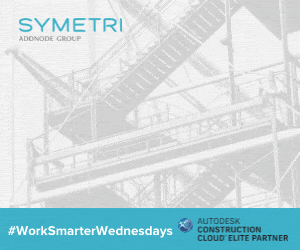Home » Construction Management (Page 5)
Category Archives: Construction Management
Green light for £300m Blackpool Central leisure park
Plans have been approved for a £300m themed leisure development off the Golden Mile in Blackpool.
Developer Nikal has teamed up with entertainment business Media Invest Entertainment to develop the Blackpool Central scheme, which will include three indoor entertainment centres, a hotel and restaurants.
The new indoor theme park will including a flying theatre, rides for all the family and the latest immersive virtual reality experiences.

It will also feature a new major public square for live events, such as music concerts and sporting events.

The first phase of development, which received detailed planning includes a 1,300 space multi-storey car park, set to be built by Dutch firm Ballast Needam, which will free up land for future phases which were granted outline planning by Blackpool Council’s Planning Committee.
Construction of the multi-storey car park and restoration of heritage buildings is expected to start in 2022 and will take around two years to complete.

Nikal and Media Entertainment Invest Entertainment will also prepare a detailed planning application for the wider scheme during the delivery of the multi-storey car park and Heritage Quarter.

The site is located on the south western edge of Blackpool town centre just off the Golden Mile
Richard Fee, Chief Executive Officer, Nikal said: This is a key moment for levelling up Blackpool’s visitor economy post COVID.
“Blackpool Central will help transform and future-proof the town’s tourism offer.
“Our lead investor, Alan Murphy, has been behind the project from the beginning and is delighted to see the scheme coming to fruition.

“We have worked hard to ensure that the scheme will complement Blackpool’s current attractions and wider leisure offer.
“This approach will help us to secure game-changing benefits for Blackpool – drawing in 600,000 additional visitors a year and boosting annual spend in the local economy by £75m.
“We are now looking forward to getting spades in the ground to build the multi storey car park and Heritage Quarter, which are the catalysts for delivering our wider vision.”
The scheme is a key part of the Blackpool Town Deal supported by £39.5m of government funding.
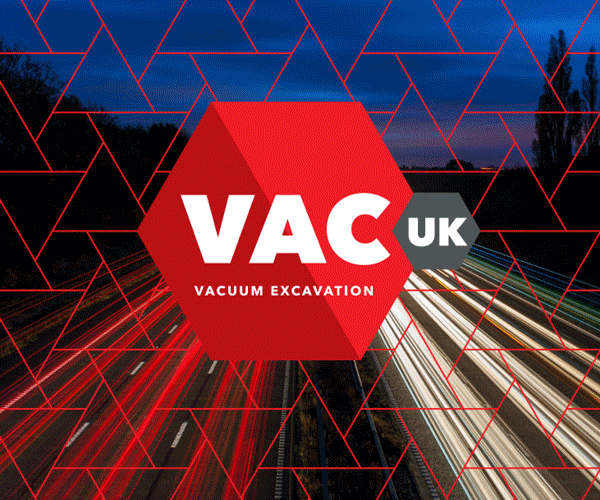
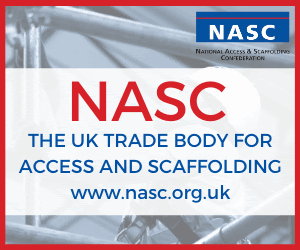
Did you miss our previous article…
https://www.arizonasolarsociety.com/?p=931
Construction output fall slows in August
Construction’s ongoing supply chain issues saw output slip for the fifth-month running in August holding new work levels 3.7% below the pre-pandemic high watermark in February 2020.
The small 0.2% fall in August was down to contraction of the refurbishment and maintenance sector with new work remaining flat at the same level as July.
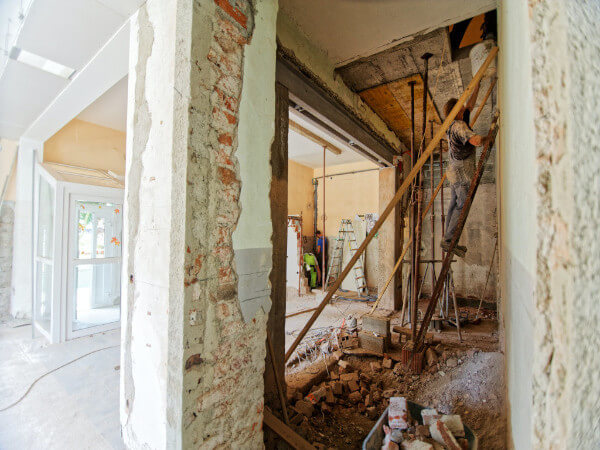
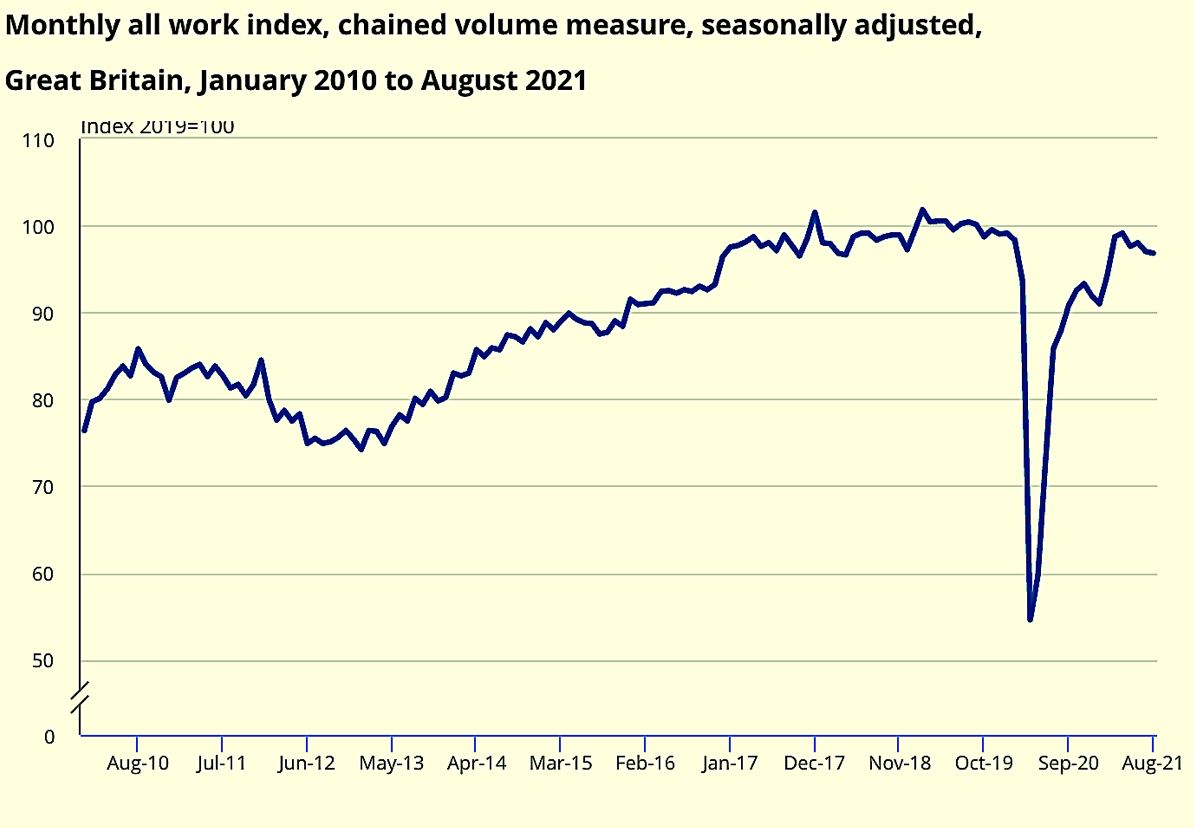
Mark Robinson, group chief executive at SCAPE, one of the UK’s leading public sector procurement authorities, said: “A decline in output highlights a telling loss of momentum across the construction industry, as energy costs, labour shortages and fast-rising material prices continue to paint a concerning picture heading into winter.
“With attention turning to this month’s Budget and Spending Review, the industry will be considering how best to mitigate these challenges when it is handed the baton to deliver more of the community-focused regeneration needed to deliver on the government’s ‘Levelling-Up’ ambitions.”

Mark Markey, Managing Director of civils contractor Akela Group, said: “It is disappointing that the monthly output has fallen, however this is not reflective of what we are experiencing at Akela Group.
“Instead, we are seeing growing levels of demand for a wide range of ground engineering and civil engineering services, and in fact this appetite has been a key driver in our recent expansion into the English market.
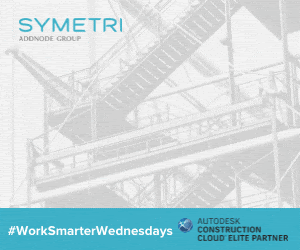
“Our new North of England hub in Leeds is well placed to meet this growing demand, especially in the house building sector.”
According to the three-month trend figures infrastructure, industrial and public housing repair and maintenance were the three main sectors to see continied growth.
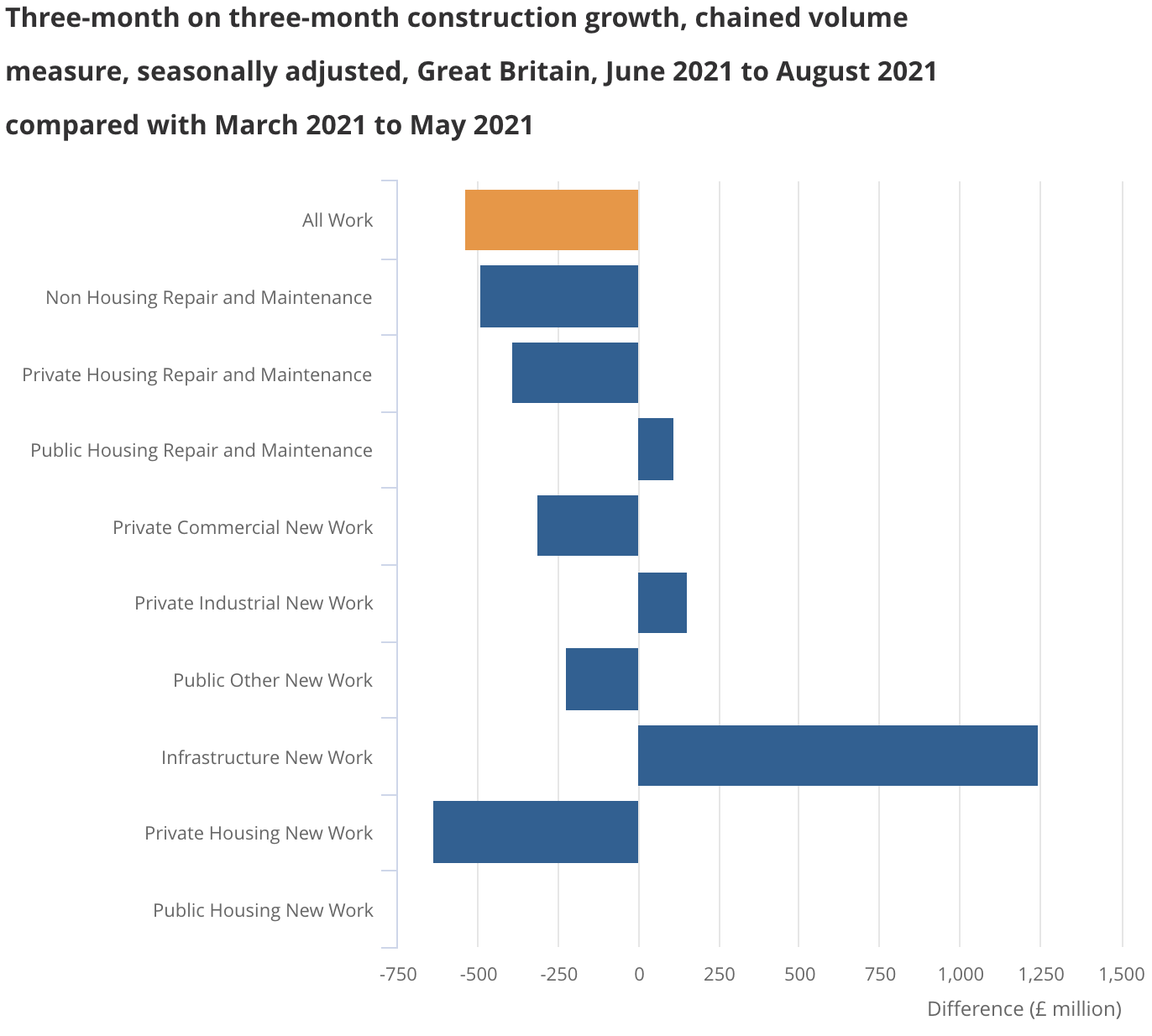
Latest figures for building materials for all work in August increased by 2.8% compared with July and 23.5% compared with a year ago.
Specific construction materials with the greatest annual price increase in August were imported plywood (78.4%), fabricated structural steel (74.8%), and imported sawn or planed wood (74.0%).


Did you miss our previous article…
https://www.arizonasolarsociety.com/?p=917
Top 5 Takeaways from the 2021 ProContractor Summit

And that’s a wrap on ProContractor Summit 2021! Here’s a look into 5 of the top customer takeaways from this year’s conference.
Did you miss our previous article…
https://www.arizonasolarsociety.com/?p=910
Digital Builder Ep. 20: Evaluating Construction Platforms and Technology

On the heels of Autodesk University, including dozens of engaging sessions from industry-leaders about the importance of data, the term “platform” came up often. But what does that concept really mean? A true platform is more than just a list of APIs connected to a SaaS solution. It provides a single experience where designers, engineers, and builders can harness the data and tools they need whenever and wherever they need them.
So, how can you ensure you’re getting a true platform experience? We cover top takeaways from the podcast below, including how to evaluate construction platforms and technology, and what to expect from data and digitization in the future.
Jim Lynch, Senior Vice President & General Manager, and Sid Haksar, Head of Construction Strategy, both with Autodesk, join the show to answer that question. Plus, they share pivotal moments from Autodesk University, discuss how to evaluate platforms and construction technology to ensure alignment to your business needs, and offer predictions on where construction is heading.
“The fact of the matter is that almost every SaaS product today has APIs that let you exchange data with other applications; but a true platform really plays a more active role in coordinating how products work together.” —Jim Lynch, SVP & GM, Autodesk Construction Solutions
New Episodes Every Two Weeks
Digital Builder is hosted by me, Eric Thomas. Remember, new episodes of Digital Builder go live every two weeks. You can hear more episodes like this one by subscribing to Digital Builder on Apple Podcasts, Spotify, Stitcher, Google Podcasts, or wherever you listen to podcasts.
You can also subscribe to our email list with the form below so you’re the first to hear when new episodes are released:
Thank you. We’ll email you the link to the podcast once it’s live.
How to evaluate construction platforms and technology (5 considerations)
A key point of discussion in this episode is the importance of platforms in modern construction, and how AEC professionals can evaluate solutions that best fit their needs. As you’ll learn below, Jim and Sid both share actionable steps to help you do just that.
But before we get to those tips, it’s worth defining what a platform actually is.
“Everybody talks about platforms and there are many out there that seem to think that just because they have APIs, they have a platform,” says Jim.
However, an open API doesn’t necessarily mean that the provider offers a solid platform.
“The fact of the matter is that almost every SaaS product today has APIs that let you exchange data with other applications; but a true platform really plays a more active role in coordinating how products work together.”
Jim continues, “A true platform ensures that data flows seamlessly and bidirectionally across all the capabilities in that platform.”
Sid agrees and adds that those using solid platforms have a more seamless and powerful experience, as it enables “high fidelity connections across teams, workflows, and data.”
So, how can construction professionals ensure that they implement a true platform? Jim and Sid recommend the following steps to help you find and evaluate vendors and solutions for your business.
1. Make sure you know where data is stored and who has access
Getting a proper handle on construction data is essential for every firm. You need to have accurate and up-to-date information in order to execute on your projects. Data is also critical for measuring success and making business decisions.
For this reason, data must be the first factor you consider when evaluating solutions.
According to Jim, a good platform centralizes your data and makes it easy for teams to collaborate.
“Some solutions limit access to the data. They only allow the license holder to have complete control and ownership of that data.” —Jim Lynch, SVP & GM
“Having a single source of truth is paramount. It is a core pillar in the strategy of really creating ways for companies to work from the same documents while respecting the data ownership aspects of it.”
Speaking of which, ownership and accessibility of information should also be considered, says Jim.
“Some solutions limit access to the data,” he warns. “They only allow the license holder to have complete control and ownership of that data.”
PRO TIP
Before getting too far along with a technology provider, make sure you’ve asked them about how their platform handles data and how you and your team can access the necessary information.
2. Discuss how the technology provider defines the project lifecycle
“A true construction platform supports the entire project lifecycle—from design, through reconstruction, out to the job site, out to operations and maintenance,” states Jim. That’s why the question of how a vendor defines the project is really important.
If a vendor’s software only supports a single phase of the project, then it’s not truly a platform.
“I think a lot of providers define a construction project from the point they start on the project site, ending when they push it to operations and maintenance. But that’s not a real platform, that’s a point solution,” he explains.
3. Ask about the solution provider’s customer success and training initiatives
In today’s increasingly competitive and complex construction landscape, you don’t want just any vendor on your side. You need a partner who’ll support you and your team throughout all your projects.
Jim says that before selecting a technology provider, you need to ask them about the customer support, training, and resources they provide.
“Do they have the expertise and skillset to support you? Do they have the teams necessary to really help you adopt, embrace, and in fact, get the most from your technology investment?”
These are just some of the questions that you should ask, he says.
The key is to find a vendor who can support your entire business, not one that’s focused on how fast they can deploy their technology and quickly move on to another customer. The right vendor is there, “to help you take advantage of and collaborate better with the design team, with the team on the job site, with the pre-construction office, and ultimately, with the owner of the project.”
4. Explore their ecosystem of partners and integrations
The next step is to look into the other companies and providers that the vendor works with, and explore the depth of their partnerships.
Bear in mind that not all integrations are created equal. As Sid puts it, “Having partner logos on a website does not really mean much if those integrations are weak and limit the customer’s ability to utilize their existing solutions in an efficient and seamless manner.”
He adds that weak integrations that lack data interoperability and require manual processes “can ultimately lead to greater risk on a project.”
As such, properly vetting the vendor’s integrations and figuring out exactly what information is synced will lead to smarter decisions on which solution providers to choose. Autodesk, for instance, has deep integrations with the industry’s top solutions and also makes it easy for users to create flexible integrations through ACC Connect.
“One of the exciting pieces of news that we announced at AU was that we now have over 200+ integrations leveraging both forge and partner cards,” shares Sid.
“We also have ACC Connect, which enables customers to build their own custom integrations over 100 workflows that we offer, in a no-code environment.”
5. Talk about their pricing model
It’s best to go with a vendor that offers flexible licensing. The best solutions don’t limit the way the customer can purchase technology.
As Sid points out, “being a platform comes with a lot of responsibility to customers. We are essentially asking companies to standardize their core processes on one platform.”
“Construction professionals need to ask if these platforms really offer flexibility in how they can purchase software, rather than deploying a one-size-fits-all approach.” —Sid Harska, Head of Construction Strategy
“To that end, construction professionals need to ask if these platforms really offer flexibility in how they can purchase software, rather than deploying a one-size-fits-all approach.”
Sid adds that you should also determine if the vendor has price certainty so you’re not left with uncomfortable surprises during the terms of your contract.
“In listening to the industry and our customers, [Autodesk] offers multiple ways for people to consume our offerings, whether it’s user-based or account-based. We also strive to offer price certainty and really be a partner to them,” he shares.
The importance of data, digitization, and the future of construction technology
When asked about the future of construction, Jim and Sid both agreed on the importance of data.
The most successful firms will be the ones who can effectively manage and harness the data that they have—something that many companies are struggling to achieve. According to a recent study by Autodesk and FMI, the majority of construction teams don’t have a formal data strategy in place—and many don’t trust the data they do have available.
Data management is clearly a challenge that we must overcome, and the first step in doing that is to digitize systems and processes.
“Embrace digital technology to capture project information from early on in the project through to handover and operations.” —Jim Lynch, SVP & GM
Jim encourages teams to “apply or embrace digital technology to capture project information from early on in the project through to handover and operations.” Taking this step, he says, enables you to amass digital information, which you can integrate into your project management and financial systems.
“This then leads to the optimization stage, the idea of actually using technologies like machine learning to be able to look back at that information, extract key insights, extract key learnings, and drive better outcomes on future projects.”
In line with this, Sid points out the value of standardization.
“Getting access to the data is exceedingly challenging, and it’s really a prerequisite in order for companies to start driving actionable insights from that information,” he remarks.
“I would say standardizing on an open and integrated platform enables that first part of the journey in capturing data in one place. Then subsequent to that is really the ability to surface information in a highly consumable manner so you can make appropriate business decisions.”
The bottom line: data and digitization are the future of construction. The sooner you organize and manage these components in your business, the better positioned you’ll be in the market.
Listen to the Full Episode of Digital Builder
Can’t get enough of platforms, data, and construction tech? Catch the full episode of Digital Builder to hear more from Jim and Sid. You can listen to it on:
- Apple Podcasts
- Spotify
- Stitcher
- Google Podcasts
- or wherever you listen to podcasts.
The post Digital Builder Ep. 20: Evaluating Construction Platforms and Technology appeared first on Digital Builder.
200+ Powerful Integrations Built for Every Phase of Construction
Construction fails without collaboration.
Can you imagine a GC refusing to work with the project architect or a subcontractor unwilling to reply to submittals? I’m sure they’re out there, but they won’t win much repeat business. So then why would some software vendors create “walled-gardens” or prevent integration with their legacy on-premise software? Shouldn’t software collaborate and communicate the same way you do?
You need software systems that not only allow, but in fact promote the smooth flow of data and documents to the systems you use. You deserve software that exhibits some key characteristics:
- A broad and ever-expanding ecosystem of integrations, including the cutting-edge technology that may transform your business, as well as the critical workflows on which you rely daily
- A set of technological capabilities that make it easy for other software companies, and for builders like yourself, to integrate data into a central platform
- Continued investment in that ecosystem and those tools
Last week, we announced that Autodesk Construction Cloud now has over 200 partners who have built direct and seamless integrations with our applications via APIs and Partner Cards. Each one of these partners recognizes that linking data with Autodesk solutions helps customers build better.
What’s more, over 120 of these integrations now work with Autodesk Build, our new, comprehensive field and project management solution that unifies the best-in-class features from BIM 360 and PlanGrid with new capabilities such as cost and schedule management. In just the last few months, the partners listed at the bottom of this article have developed integrations to one or more Autodesk Construction Cloud applications.
Here’s a little more about our partner ecosystem and integration capabilities:
Autodesk’s robust ecosystem of easy-to-deploy integrations
Building and maintaining an ecosystem this expansive requires a solid technological foundation. Autodesk Construction Cloud built that foundation with three primary integration methods: Partner Cards, Forge APIs, and Autodesk Construction Cloud Connect.
Partner Cards allow easy integration deployment and use
Partner Cards provide another way for software applications to integrate with Autodesk Construction Cloud quickly and easily. Partners can embed their application’s interface in a tile within the Insight dashboard in Autodesk Build or the Project Home dashboard in BIM 360.
By selecting and adding these Partner Cards, which support technologies including reality capture, BI tools, workforce planning, and more, our customers create a command center within Autodesk Construction Cloud for their analytics and decision making to drive better, more timely results.
Advanced APIs power critical construction workflows
Through our Forge Platform, Autodesk has made robust, open APIs available to partners and customers. With the high quality and advanced capabilities of these APIs, enhanced by standardization across many Autodesk products and developer support provided by the dedicated Forge team, partners can confidently build integrations powering critical construction workflows.
hh2’s integration between Autodesk Build and Sage represents just one example as explained below. Partners have also built advanced integrations marrying BIM models to reality capture, tying jobsite activity to risk analytics, and more.
New ERP and Accounting Integrations
While our customers embrace new technologies such as drones, virtual reality, and advanced reality capture, they also understand the value of robust and reliable processes and workflows. With that in mind, we are excited that Autodesk Build’s Cost Management capabilities now integrate with leading construction ERP and accounting solutions.
For instance, hh2 Cloud Services’ integration between Autodesk Build and Sage 300 Construction and Real Estate demonstrates the value customers can realize when software tools collaborate. Now, customers can synchronize key financial data between their project management activities in Autodesk Build and their accounting system of record in Sage.
“With [hh2’s Universal Construction Model], Autodesk customers now get technology to make sure their key financial data flows swiftly and error free.” —Devon Dorrity, President & CEO of hh2 Cloud Services
“Financial information must be constantly up to date, no matter which software application you use,” said Devon Dorrity, President & CEO of hh2 Cloud Services. “hh2’s Universal Construction Model, or UCM, has already connected thousands of construction companies to the critical systems they need to manage their projects. With the UCM, Autodesk customers now get technology to make sure their key financial data flows swiftly and error free.” Learn more about how customers benefit from last week’s Autodesk University session featuring hh2.
Autodesk Construction Cloud Connect gives customers ultimate control
Autodesk Construction Cloud Connect, which itself leverages Forge APIs, democratizes integrations and gives the customer ultimate control over how their integrations work. The solution enables users to lay out their integration workflows in a flowchart-like interface, easily routing data and documents between Autodesk Construction Cloud and hundreds of pre-built connectors to common cloud software tools.
Early customers quickly deployed integrations to solutions such as cloud storage (e.g., Microsoft SharePoint, Box, and Egnyte) and analytics tools (e.g., Smartsheet and Microsoft Power BI). More recently, customers’ creativity and the platform’s flexibility have unlocked even more use cases. For instance, customers now synchronize change orders, purchase orders, and other financial data with QuickBooks Online while others create customized, automated alerts via Microsoft Teams, fostering even greater collaboration.
Our continued investment in integration technology
Building and growing a strong ecosystem necessitates continued investments in capabilities, such as the ones mentioned above, and updates and enhancements to make developing more powerful integrations even easier. Since last year, Autodesk Construction Cloud has added APIs for many of the capabilities on Autodesk Build, including Assets, Forms, Locations, Photos and more. As additional APIs roll-out over time, customers and partners will undoubtedly create even more impressive and useful integrations.
We have also continued to invest in Autodesk Construction Cloud Connect. Last week we announced the solution now supports Autodesk Takeoff. Customers can now automate the export of the details of their quantifications in Autodesk Takeoff and capture that information in other tools such as QuickBase, Smartsheet, and a variety of database applications.
Automating these data flows will help customers convert their takeoffs into estimates and budgets faster and more accurately than ever before. Customers could even setup automatic, periodic exports to spreadsheets and immediately distribute them to critical teammates via email or communication tools such as Microsoft Teams.
In addition to developing new integration technology, we’re also investing in how we support our partners and customers. For instance, over the last year, we have created new training and enablement tools for Autodesk channel partners to teach them the advanced capabilities in Autodesk Construction Cloud Connect. Now several partners stand ready to help customers expand beyond simple and routine integrations to implementing highly advanced and specifically tailored workflows.
Integrations that work for you
Because collaboration pervades construction, it pervades our approach to construction software. When it comes to integrations, we constantly strive to improve how we connect our solutions with other vendors’ solutions, and how we connect with those vendors. We work hard to enable collaboration by expanding our partner ecosystem, developing technology to support our integrations, and continuing to invest in both our ecosystem and that technology. We are eager to collaborate with project teams to deliver the valuable integrations enabling them to work best.
If there are integrations you need to make your business more efficient or you know software vendors you think Autodesk Construction Cloud should integrate with, please reach out to us via email at [email protected] and please encourage your other software vendors to join our ecosystem.
Latest Integrations for Autodesk Construction Cloud
This is a list of our latest additions to our Integration Partner Ecosystem. If you’d like to see all 200+ integrations, we encourage you to explore them by category or product here.
 3D Repo: Automatically import the latest 3D models from Autodesk Build, Autodesk Docs, or BIM 360 into 3D Repo via ACC Connect to easily identify and manage project risks.
3D Repo: Automatically import the latest 3D models from Autodesk Build, Autodesk Docs, or BIM 360 into 3D Repo via ACC Connect to easily identify and manage project risks.
 Aespada: Manage on-site logistics directly in your Project Home dashboard with the Aespada Partner Card.
Aespada: Manage on-site logistics directly in your Project Home dashboard with the Aespada Partner Card.
![]() Airtable: Embed specific views from Airtable in the Airtable Partner Card, making it easier to track project information.
Airtable: Embed specific views from Airtable in the Airtable Partner Card, making it easier to track project information.
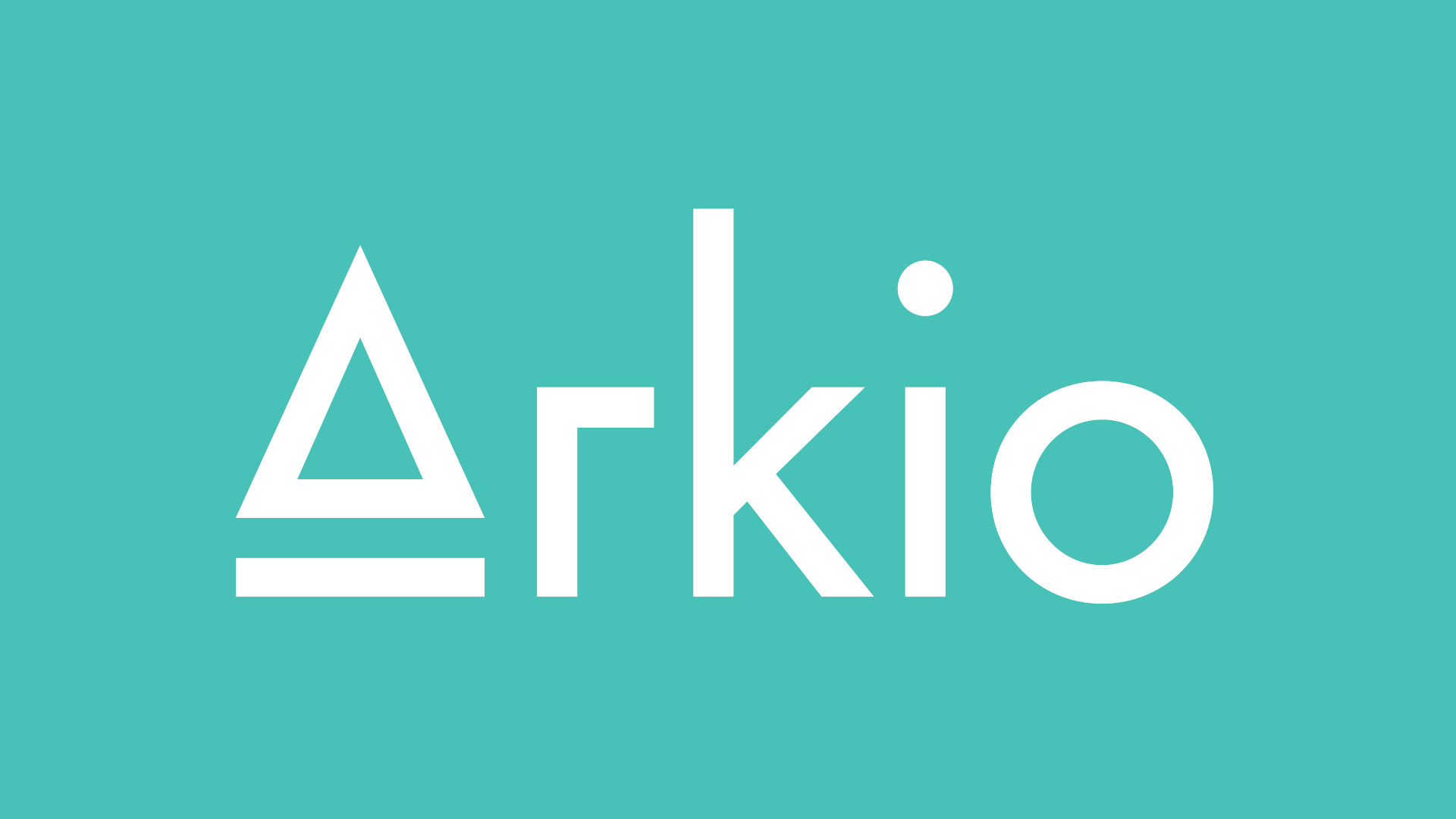 Arkio: Easily import BIM 360 models into Arkio to collaboratively explore building spaces, markup existing Revit and Rhino models, and present design options in VR, on your computer, tablet, or phone.
Arkio: Easily import BIM 360 models into Arkio to collaboratively explore building spaces, markup existing Revit and Rhino models, and present design options in VR, on your computer, tablet, or phone.
![]() BIM Holoview: Construction teams can easily view 3d models and create BIM 360 Issues with photo attachments directly from BIM Holoview on HoloLens and Oculus Quest.
BIM Holoview: Construction teams can easily view 3d models and create BIM 360 Issues with photo attachments directly from BIM Holoview on HoloLens and Oculus Quest.
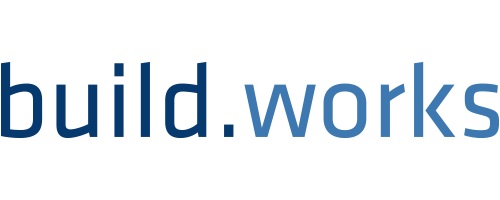 Build.Works: Effectively manage production planning and execution in Build.Works by easily accessing 3D models stored in Autodesk Build, Autodesk Docs, or BIM 360.
Build.Works: Effectively manage production planning and execution in Build.Works by easily accessing 3D models stored in Autodesk Build, Autodesk Docs, or BIM 360.
![]() Cupix: Building teams can now use Cupix’s rich, 3D 360-degree site-view mode to “walk through” job sites remotely, creating RFIs, issues and tasks immediately and assigning them to project stakeholders on the BIM 360 and PlanGrid platforms. The Cupix integration imports 3D models from BIM 360 to compare to 360 images and pushes CupixWorks’ SiteView annotations to RFIs or Issues in BIM 360 and RFIs or Tasks in PlanGrid.
Cupix: Building teams can now use Cupix’s rich, 3D 360-degree site-view mode to “walk through” job sites remotely, creating RFIs, issues and tasks immediately and assigning them to project stakeholders on the BIM 360 and PlanGrid platforms. The Cupix integration imports 3D models from BIM 360 to compare to 360 images and pushes CupixWorks’ SiteView annotations to RFIs or Issues in BIM 360 and RFIs or Tasks in PlanGrid.
 DAQS: Embed Revit model quality and performance data from DAQS in an Autodesk Build or BIM 360 Project Home dashboard, showing project managers which project model requires their attention to meet requirements and deadlines.
DAQS: Embed Revit model quality and performance data from DAQS in an Autodesk Build or BIM 360 Project Home dashboard, showing project managers which project model requires their attention to meet requirements and deadlines.
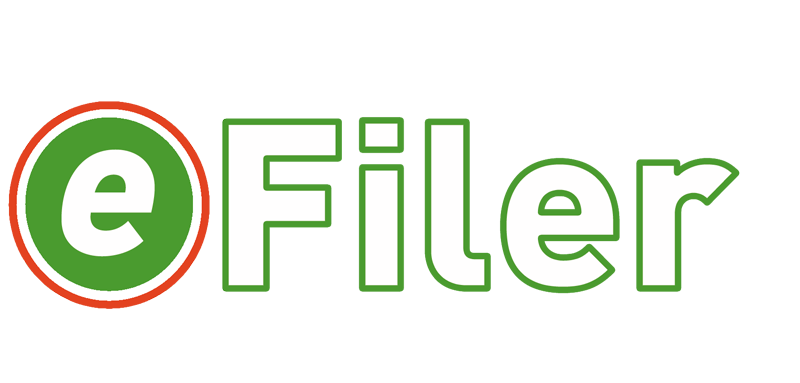 eFiler: Leverage eFiler, a Microsoft Outlook plugin, to file emails directly into Autodesk Docs or BIM 360.
eFiler: Leverage eFiler, a Microsoft Outlook plugin, to file emails directly into Autodesk Docs or BIM 360.
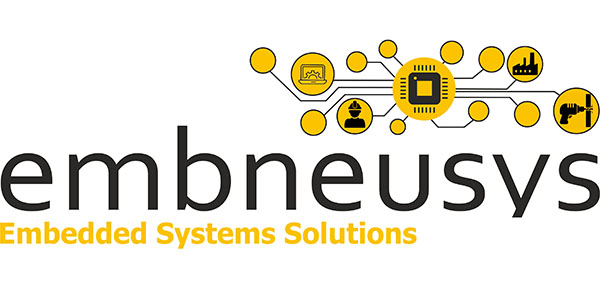 embneusys: Customers can add the embneusys Partner Card to easily monitor every piece of equipment – from simple generators to their fleets of excavators – on the job site, saving working hours in the field, minimizing downtime from idle equipment, and preventing miscommunications between site managers.
embneusys: Customers can add the embneusys Partner Card to easily monitor every piece of equipment – from simple generators to their fleets of excavators – on the job site, saving working hours in the field, minimizing downtime from idle equipment, and preventing miscommunications between site managers.
 Esri: Import 3D models from BIM 360 into ArcGIS GEOBim to easily collaborate on geospatial and BIM data together in one application.
Esri: Import 3D models from BIM 360 into ArcGIS GEOBim to easily collaborate on geospatial and BIM data together in one application.
![]() Google Workspace: With the Google Workspace Partner Card project members can display individual Sheets, Slides, Docs and Calendars from Google workspace. Customers can use multiple cards across different Google apps to create their perfect project dashboard in ACC.
Google Workspace: With the Google Workspace Partner Card project members can display individual Sheets, Slides, Docs and Calendars from Google workspace. Customers can use multiple cards across different Google apps to create their perfect project dashboard in ACC.
![]() hh2 Cloud Services: hh2 delivers a seamless integration between Autodesk Build – Cost Management and Sage 300 CRE.
hh2 Cloud Services: hh2 delivers a seamless integration between Autodesk Build – Cost Management and Sage 300 CRE.
 Join: Improve preconstruction collaboration around financials and easily view cost trends and budget items via the Join Partner Card.
Join: Improve preconstruction collaboration around financials and easily view cost trends and budget items via the Join Partner Card.
![]() Novade: Novade’s construction management platform integrates multiple ways with Autodesk Construction Cloud: Easily import quality and safety inspections from Novade to BIM 360, and export BIM 360 drawings to Novade using ACC Connect. Embed Novade’s platform in your Project Home dashboard.
Novade: Novade’s construction management platform integrates multiple ways with Autodesk Construction Cloud: Easily import quality and safety inspections from Novade to BIM 360, and export BIM 360 drawings to Novade using ACC Connect. Embed Novade’s platform in your Project Home dashboard.
 NTI: Seamlessly import Revit models from Autodesk Build, Autodesk Docs or BIM 360 Docs to NTI Connect to easily prepare specification documents for construction.
NTI: Seamlessly import Revit models from Autodesk Build, Autodesk Docs or BIM 360 Docs to NTI Connect to easily prepare specification documents for construction.
 Oculo: Seamlessly create BIM 360 Issues directly from Oculo’s virtual job site walkthrough to provide full context and locality, and access Oculo 360-degree visuals from navigable floorplans embedded in your Project Home dashboard.
Oculo: Seamlessly create BIM 360 Issues directly from Oculo’s virtual job site walkthrough to provide full context and locality, and access Oculo 360-degree visuals from navigable floorplans embedded in your Project Home dashboard.
![]() OpticVyu: Embed OpticVyu camera feeds & time-lapse videos alongside construction documentation in Autodesk Construction Cloud via the OpticVyu Partner Card.
OpticVyu: Embed OpticVyu camera feeds & time-lapse videos alongside construction documentation in Autodesk Construction Cloud via the OpticVyu Partner Card.
![]() ProNovos: Add the ProNovos Partner Card to view ProNovos construction intelligence KPIs such as efficiency, liquidity, and profitability ratios directly within Autodesk Construction Cloud. Data collected in the field or from project and financial apps such as FOUNDATION, Viewpoint or Sage is connected in ProNovos to provide project managers valuable insights to make well-informed decisions.
ProNovos: Add the ProNovos Partner Card to view ProNovos construction intelligence KPIs such as efficiency, liquidity, and profitability ratios directly within Autodesk Construction Cloud. Data collected in the field or from project and financial apps such as FOUNDATION, Viewpoint or Sage is connected in ProNovos to provide project managers valuable insights to make well-informed decisions.
![]() RealWear: RealWear has integrated its HMT-1 headset to Autodesk BIM 360 to enable voice-enabled, handsfree checklist completion.
RealWear: RealWear has integrated its HMT-1 headset to Autodesk BIM 360 to enable voice-enabled, handsfree checklist completion.
![]() Safe Site Check In: The Safe Site Check In Partner Card improves job site safety by providing a comprehensive overview of field personnel directly within an Autodesk Build or BIM 360 Project Home dashboard.
Safe Site Check In: The Safe Site Check In Partner Card improves job site safety by providing a comprehensive overview of field personnel directly within an Autodesk Build or BIM 360 Project Home dashboard.
![]() Shepherd: Seamlessly import project data from PlanGrid to streamline insurance applications in Shepherd.
Shepherd: Seamlessly import project data from PlanGrid to streamline insurance applications in Shepherd.
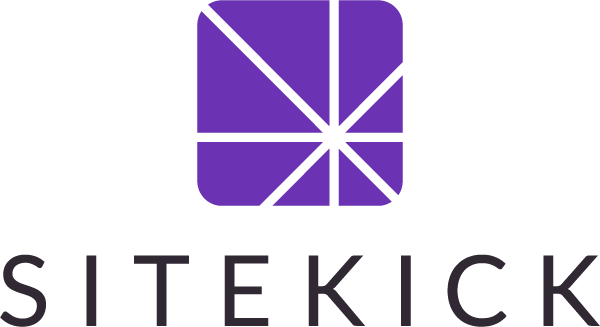 SiteKick: With the new SiteKick Partner Card, project members can easily view job site imagery & environmental conditions such as temperature and humidity from SiteKick in an Autodesk Build or BIM 360 Project Home dashboard.
SiteKick: With the new SiteKick Partner Card, project members can easily view job site imagery & environmental conditions such as temperature and humidity from SiteKick in an Autodesk Build or BIM 360 Project Home dashboard.
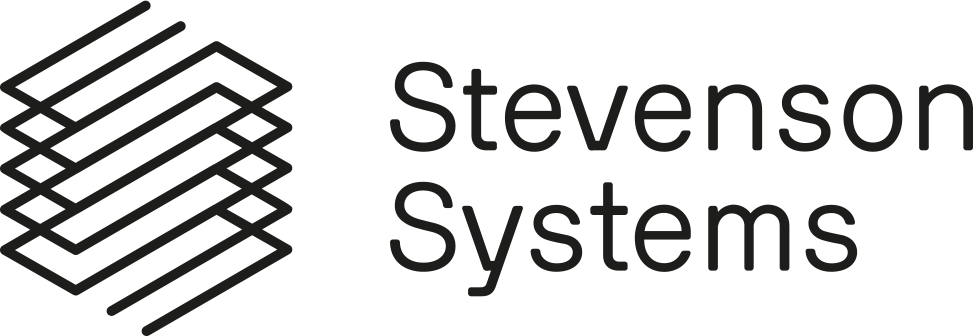 Stevenson Systems: View 360-Degree Virtual Walkthroughs in Autodesk Construction Cloud using the Stevenson Systems Partner Card.
Stevenson Systems: View 360-Degree Virtual Walkthroughs in Autodesk Construction Cloud using the Stevenson Systems Partner Card.
![]() StructShare: Improve productivity and cost management with field ordering, automated procurement and seamlessly viewing real-time material costs via the StructShare Partner Card.
StructShare: Improve productivity and cost management with field ordering, automated procurement and seamlessly viewing real-time material costs via the StructShare Partner Card.
![]() Tomorrow.io: With the Tomorrow.io Partner Card project teams can view real-time weather data right in an Autodesk Build or BIM 360 Project Home dashboard.
Tomorrow.io: With the Tomorrow.io Partner Card project teams can view real-time weather data right in an Autodesk Build or BIM 360 Project Home dashboard.
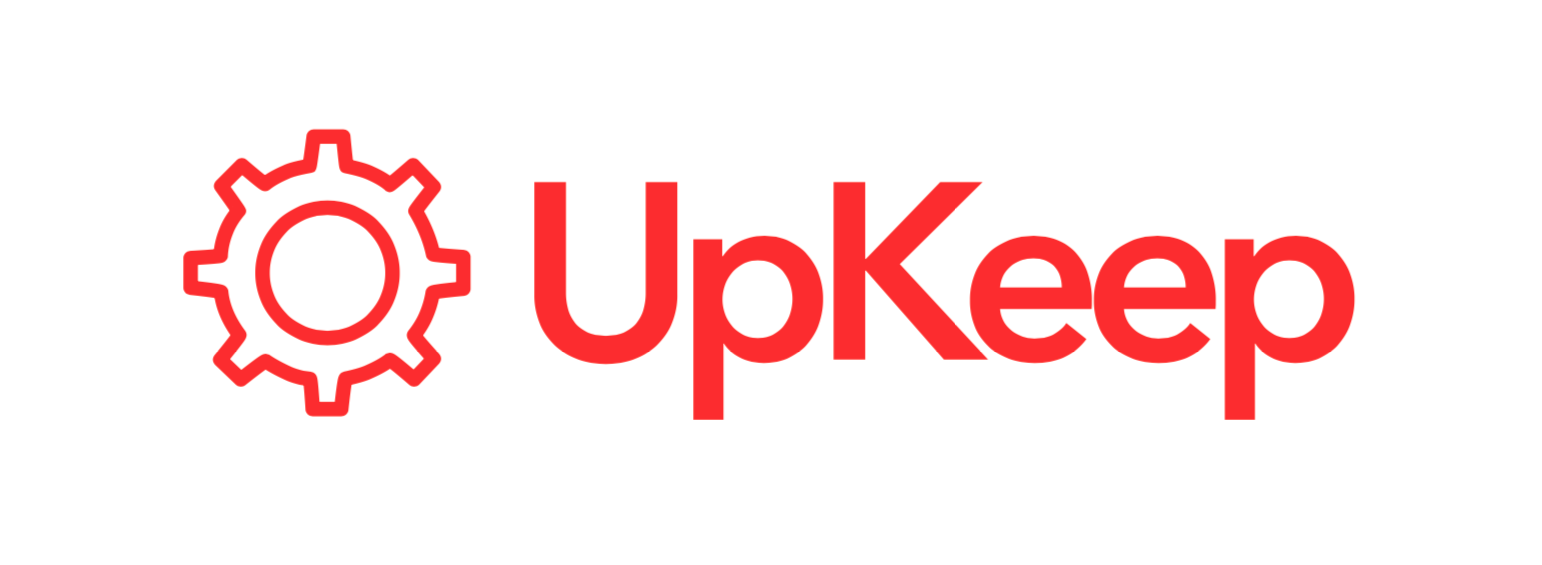 UpKeep: Export as-builts from Autodesk Docs, Autodesk Build, BIM 360, or PlanGrid into UpKeep via ACC Connect for efficient maintenance management.
UpKeep: Export as-builts from Autodesk Docs, Autodesk Build, BIM 360, or PlanGrid into UpKeep via ACC Connect for efficient maintenance management.
 vGIS: vGIS absorbs Autodesk Docs and BIM 360 models and automatically produces AR and mixed reality visuals that are overlaid on the user’s view of a physical job site helping customers gain instant and comprehensive awareness of their surroundings, saving time and preventing costly mistakes and delays.
vGIS: vGIS absorbs Autodesk Docs and BIM 360 models and automatically produces AR and mixed reality visuals that are overlaid on the user’s view of a physical job site helping customers gain instant and comprehensive awareness of their surroundings, saving time and preventing costly mistakes and delays.
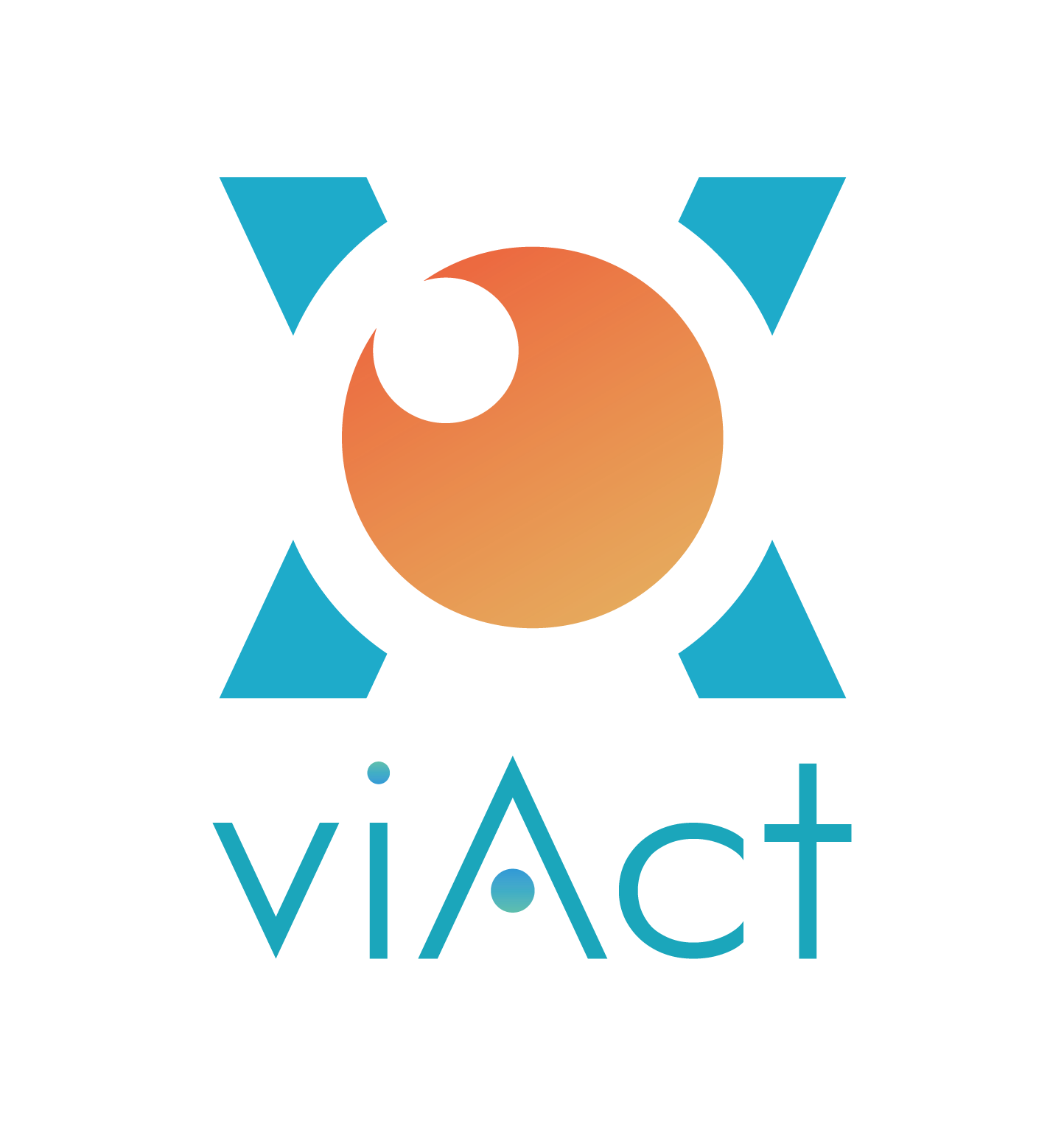 viAct: viAct powers any existing job-site camera with scenario-based AI technology to capture various non-compliances that can be viewed in Autodesk Construction Cloud via the viAct Partner Card.
viAct: viAct powers any existing job-site camera with scenario-based AI technology to capture various non-compliances that can be viewed in Autodesk Construction Cloud via the viAct Partner Card.
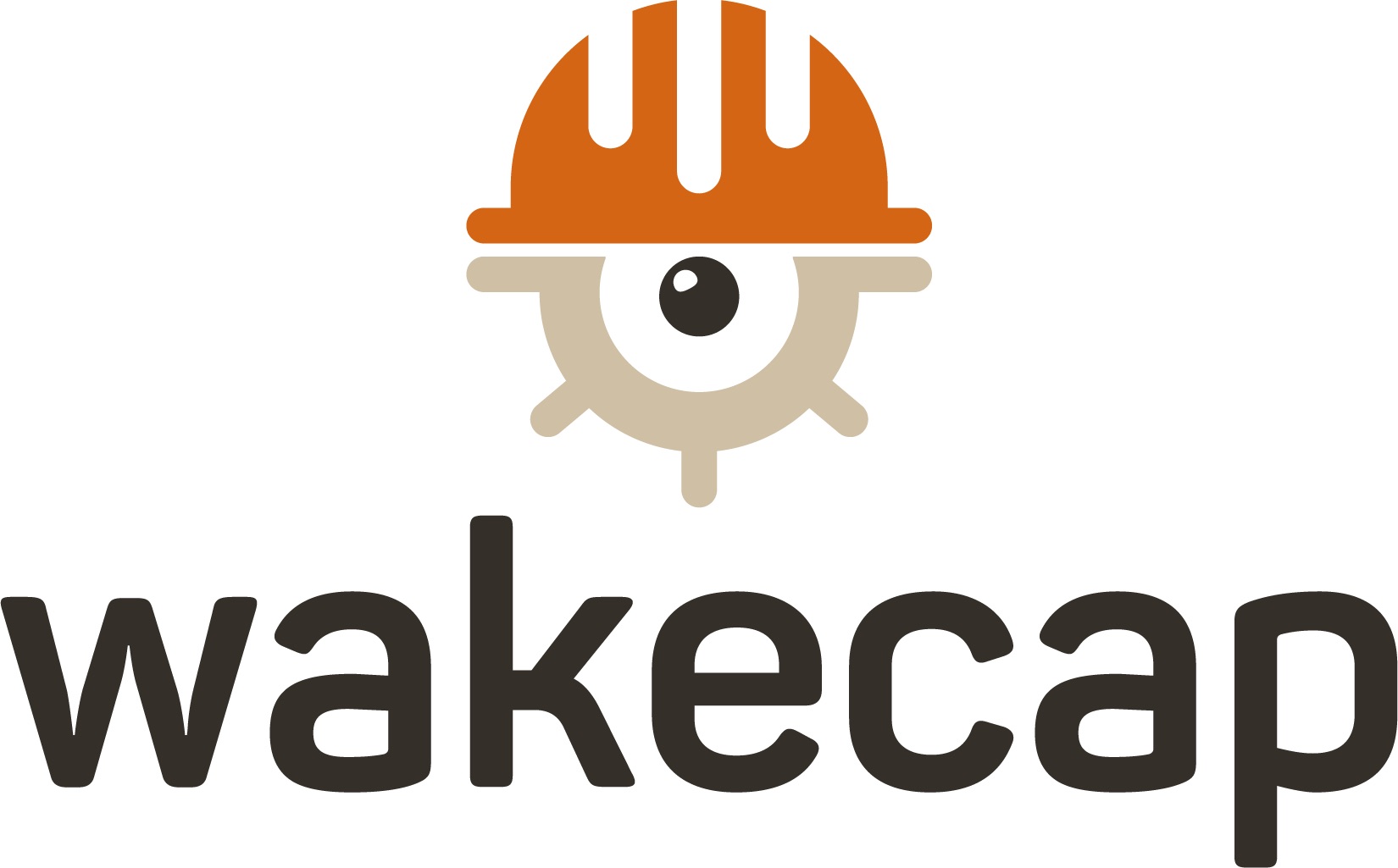 WakeCap: With WakeCap’s IoT site solution, customers can easily add and manage their on-site workers, track progress, report on key performance indicators, and monitor safety in real-time to make informed personnel decisions from one place.
WakeCap: With WakeCap’s IoT site solution, customers can easily add and manage their on-site workers, track progress, report on key performance indicators, and monitor safety in real-time to make informed personnel decisions from one place.
The post 200+ Powerful Integrations Built for Every Phase of Construction appeared first on Digital Builder.
Did you miss our previous article…
https://www.arizonasolarsociety.com/?p=867
Construction Keynote: Autodesk Backs Customers as Solid Technology Partner [AU 2021]
Construction Keynote highlights from AU 2021
For many years, construction was among the least-digitized industries. Now, technology on site is a given. There’s an app for everything including bid management, estimation, quantity take-off, RFIs, submittals, monitoring cost, etc. The question remains, how do you use all that technology to your advantage? And more importantly, how does it help you focus on achieving the outcomes you want?
The Construction Keynote at Autodesk University this year revealed the answers—pointing out three key factors that show Autodesk’s commitment to customer success. We’ve distilled the highlights below.
Top 3 Highlights from Construction Keynote at Autodesk University 2021

1. Autodesk is connecting your data
Project data has doubled in the last three years. According to Jim Lynch, Senior Vice President and General Manager of Autodesk Construction Solutions, “If your data isn’t connected, you’ll only be able to see a fraction of what your business is capable of.” In other words, how you connect data is fundamental to successful project decisions and outcomes. Getting there requires all team members to work from a single source of truth.
Acknowledging the challenges of disconnected data, Lynch continues, “I spoke with a customer who had thousands of separate systems in play across their enterprise. Now, I’m sure each tool serves a purpose. It just isn’t sustainable because the real value that technology brings to your business is the ability to learn from each piece of data.”
This is true of any project, and good decision-making relies on good, connected data.
“If your data isn’t connected, you’ll only be able to see a fraction of what your business is capable of.” —Jim Lynch, SVP & GM
Lynch elaborates, “As your business transforms with an ever-changing industry, these disparate solutions won’t make your job easier, they’ll slow you down.”
A quick customer story came out of the Construction Keynote as well. Lynch shares, “Consolidating data was what ultimately drove one of our customers, The Boldt Company, to rethink their project management technologies.
“Prior to deploying Autodesk Build, [Boldt had] been using five different project management platforms. With business goals of accelerating time to value, reducing safety incidents, and improving quality, they needed one platform that connected all their data. And they wanted that data accessible not only to their team, but to the owners and subs on each project, who accounted for two thirds of their users.”
So, Boldt turned to Autodesk as a partner in this transition to a unified data platform.
Lynch continues, “Autodesk Construction Cloud’s ability to connect all project stakeholders with the data they needed when they needed it was exactly what the Boldt team was looking for to propel their business forward. In fact, the access to their data inside Autodesk Construction Cloud was unlike anything their team had ever seen before.”
Autodesk Construction Cloud stats:
- Over one million construction professionals in our Builder’s Network
- Over two million projects to date supported
- Five million bid invites every month
- Nearly 250 product innovations and enhancements this year
- Customers in over 140 countries
Showing his optimism in support of Autodesk customers, Lynch reveals, “What excites me about what our team is working on now is how the data flows within your ecosystems, across teams, across geographies, and across owners. The information you rely on, available when you need it. It brings your project teams together, from design to turnover, to collaborate securely from a single source of truth. It is a level of resiliency that we’ve never seen before in the construction industry, and I know it’s going to be a game-changer.”
In short, Autodesk is committed to connecting your construction data so you can focus on reaching your business and project goals with minimal risk and greater profitability. Autodesk Construction Cloud supports every phase of construction, from planning to building by connecting every part of a model and its relevant dependencies, like schedule and cost, to a single source of truth.
2. Autodesk enables collaboration at every phase of construction
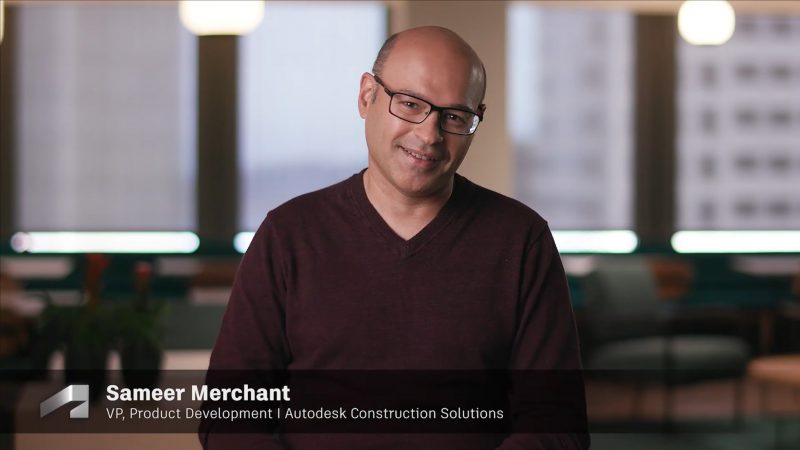
Sameer Merchant, VP and Global Head of Product Development for Autodesk Construction Solutions says, “Construction is a relationship business, and as my wife always reminds me, the foundation of every good relationship is communication. For everyone in the building lifecycle, from the architect to the owner, to contractors and suppliers, it’s our job to strengthen your relationships with better collaboration.”
Autodesk recognizes that behind every piece of data is a person, and that’s why Merchant says, “We’re not just making construction software, we are building tools for people—a VDC manager refining models, a project manager orchestrating schedules, a contractor sending in submittals.”
VDC managers, for example, can now offer specific stakeholders a view of parts of a design rather than the entire building model, to help resolve design issues.
Last year, in pursuit of significant collaboration improvements, Autodesk focused on the launch of Autodesk Build, Takeoff, and BIM Collaborate. Out of that came Autodesk Docs, a common data environment (CDE), bridging data across these best-in-class solutions.
“This year, we are expanding on this success with more customization, more integration, more data collaboration,” says Merchant. “We know how to engineer new capabilities and integrate existing tools to deliver a robust, seamless experience that serves all parts of construction, not just one phase.”
Just this week, we made a major announcement revealing we have over 200 partners that have built powerful integrations connecting your data from otherwise disconnected sources. Each integration works seamlessly with our applications via APIs and Partner Cards. The solutions support every phase of construction, including cost and scheduling tools, to progress tracking and more.
“We’re not just making construction software, we are building tools for people.” —Sameer Merchant, VP & Global Head of Product Development
Now, with Autodesk Bridge, collaboration between general contractors and specialty contractors has become more robust. It offers a significantly better experience for specialty contractors, empowering them to own whatever they’ve contributed to the project through sheets without fearing they’ll lose that hard work. This can happen by sharing just the data, not the full project. Data that should stay within one firm’s walls never gets shared, but critical information like drawings, issues and documents are immediately available across all linked projects, ensuring that critical documentation isn’t disconnected and fragmented.
Collaboration is fundamental to our now tech-forward industry and building resilient products to support customer success is a mantra baked into Autodesk’s ethos. “A construction solution built for just one stakeholder, one center of gravity, is brittle,” says Merchant.
“At Autodesk, we build resilient systems—anti-brittle systems that are engineered from the ground up,” he continues. “Systems that allow all stakeholders to access, manage, and own exactly the parts they need to get the job done. Resiliency means the right people are getting the right information at the right time, and the feedback loop is traceable, and resiliency is a key priority in our roadmap. It’s how we’re executing on our promise to meet everyone’s data needs, from the office to the field and back.
3. Autodesk is a technology partner, not just a technology provider
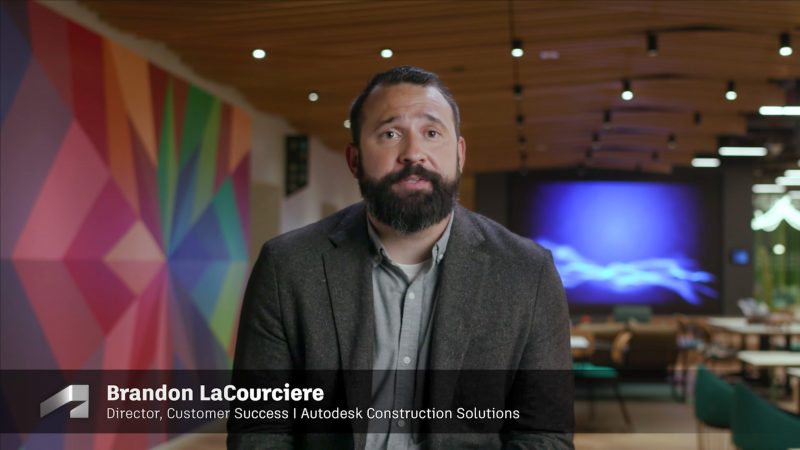 Having the right technology is no longer enough. It’s about having the right technology partner. A partner that works with you to solve challenges and improve the processes needed today, while continuing to support your long-term goals.
Having the right technology is no longer enough. It’s about having the right technology partner. A partner that works with you to solve challenges and improve the processes needed today, while continuing to support your long-term goals.
The truth is we can’t solve all the problems. Especially those which we can’t control like a crushing labor shortage or volatile supply chains. But, we’re really good at helping customers find solutions to the problems we can address.
Brandon LaCourciere, Director of Customer Success for Autodesk Construction Solutions, makes that sentiment clear by saying, “No matter your company’s size, your role, or where you’re located in the world, we’re here. We’re here to ensure you’re focusing on the outcomes you want to achieve, while our team sorts through the products and workflows that help achieve them.”
“A streamlined technology experience brings all your data together so you can use it in a meaningful way,” says LaCourciere. “So you can discern and apply learnings to your business.”
But that’s not enough. He continues, “Point solutions have taken analog processes and put them on an iPad, and that’s great, but if you stop there, you have missed an opportunity. The data collected in your RFIs, issues, and change orders tell a much bigger story than each incident on its own.” Your technology needs to paint “a complete picture about [the] business.”
This is where Autodesk’s commitment to customer success shines.
“We can look at all your solutions and help simplify, working with you to create processes that are easy for your teams to both adopt and execute.” —Brandon LaCourciere, Director of Customer Success
An important thing to understand is that there is no one-size-fits-all construction software solution. Every project is unique and will have its own set of technology needs. That’s why Autodesk gives access to advanced APIs, allowing partners and customers to develop the exact solution required to connect their workflows, data and teams.
In our commitment as a technology partner to your success, “We can look at all your solutions and help simplify, working with you to create processes that are easy for your teams to both adopt and execute.”
There is a lot of noise in construction today—with so many new tools and technology, it’s hard to keep track and understand what’s right for you. This is where you have to look beyond the technology offered, as the real value is the partnership that comes with it.
“You need solutions that work today and grow with you into the future,” according to LaCourciere. “We build technology partnerships that help overcome the problems we can control. You don’t have to tackle your challenges alone. Over the past year, we’ve worked with almost 20,000 customers around the globe to help streamline, discern, and enable a new path, and we have seen incredible results. Together, we’re not waiting for progress, we’re making it.”
Wrapping up
It seemed that one major theme was clear from this year’s Construction Keynote, and that’s that Autodesk’s goal is to help you focus on the outcomes you want to achieve. By connecting your data, enabling strong collaboration, and empowering successful teams, you will no longer wait for progress. You’ll make it.
If you’d like to watch the Construction Keynote in full, it’s available throughout the month of October here.
If you’d like to request a demo of Autodesk Construction Cloud, or any of our products, please contact us. We’d be happy to show you around.
The post Construction Keynote: Autodesk Backs Customers as Solid Technology Partner [AU 2021] appeared first on Digital Builder.
T&T nabs Lower Thames Crossing commercial role
National Highways has named Turner & Townsend as its commercial partner on the vast Lower Thames Crossing scheme.
The appointment marks the completion of the Lower Thames Crossing integrated client team, comprised of Jacobs/Cowi/Arcadis as technical partner, and Jacobs as sole integration partner.
Across the eight-year contract, T&T will work as part of the integrated client team providing day-to-day cost, commercial and contract management, independent cost assurance and cost audit function across the whole £8.6bn Lower Thames Crossing programme.

Matt Palmer, Lower Thames Crossing Executive Director, said: “The Lower Thames Crossing is the most ambitious road project this country has seen since the M25 was completed 35 years ago, and will improve journeys, create new jobs and business opportunities, as well as bring new green spaces for the local community and wildlife.”
If given the green light construction of the main tunnel and link roads will support over 22,000 jobs during construction.


Did you miss our previous article…
https://www.arizonasolarsociety.com/?p=799
Green light for £31m Leeds Victorian school conversion
Leeds-based developer Priestley Homes has been granted planning permission to transform a Grade-II listed former Victorian school in the city centre into an apartment and commercial scheme.
The 2 Great George Street building will be renovated into 34 one-bedroom, 43 two-bedroom and six three-bedroom apartments – including the city’s first £1million-plus penthouses.
A new-build, three storey glazed extension will be added to the rooftop of the building alongside a communal roof-top garden and winter terrace.

New ground-floor office accommodation will be sub-divided into several units, providing 815m2 in high-quality workspaces for Leeds businesses.
The developer’s contracting arm Priestley Construction has started the initial strip-out of the building with the aim to complete in Q1 2023.
Nathan Priestley, chief executive officer of the Priestley Group, said: “As a Leeds-based business, it’s a privilege to be able to transform one of the city centre’s most ornate historical landmarks and bring it back into use as beautiful new homes and high-specification workspaces.

“Our strong reputation speaks for itself when breathing new life into heritage buildings and we can’t wait to make these ambitious plans a reality.
“Most of the development in Leeds city centre is allocated to student housing and PRS schemes. We believe there is a huge shortage of truly magnificent homes for owner-occupiers that give a taste of individuality and elegance; something that we will set out to deliver at 2 Great George Street.”


Did you miss our previous article…
https://www.arizonasolarsociety.com/?p=773
The Homebuilding Juggernaut Keeps on Rolling in U.S. and Canada
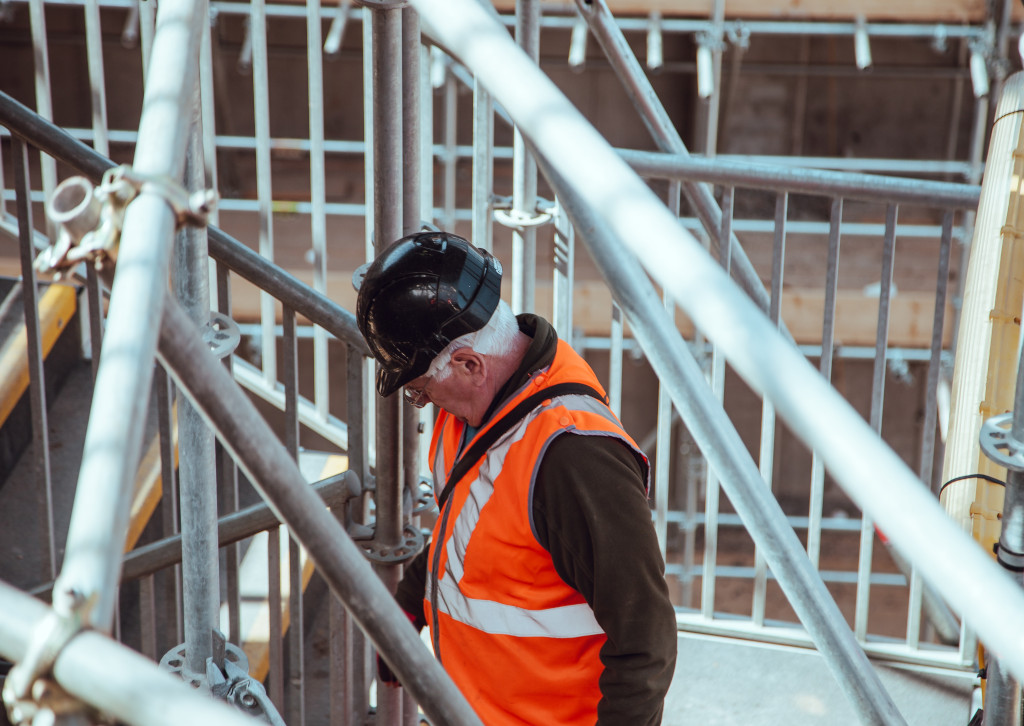
U.S. Housing Starts Stay Elevated
Construction activity in the United States is currently being sustained almost exclusively by residential work. Year to date through August, the put-in-place capital spending figures from the Census Bureau show the residential dollar volume to be +25.8% compared with Jan-Aug 2020 and nonresidential to be -6.7%. The grand total is +7.0%.
![]()
Did you miss our previous article…
https://www.arizonasolarsociety.com/?p=769
Union raises safety fears over HS2 site
Construction union Unite is raising safety concerns after it claims a spate of serious accidents have hit the HS2 section being delivered by the Skanska/Costain/ Strabag (SCS) joint venture in London.
The union has been involved in a long running dispute with the contractors over worker representation on the job where it said Unite officials are not allowed “to freely speak to workers during their breaks in its welfare facilities.”
Recent alleged accidents include a worker suffering arm injuries after clay fell from height onto them, a lorry overturning into a ditch, a skill saw blade came off its mooring, a hammer breaking a worker’s wrist and a digger bucket hitting a worker’s foot.

Unite national officer for construction Jerry Swain said: “Workers operating on the Costain/Skanska/Strabag joint venture, will be rightly worried and concerned for their safety.
“This project is crying out for union safety reps who play a unique role in protecting workers and preventing accidents.”
An HS2 Ltd spokesperson said: “The safety of our workforce and the public is HS2’s number one priority. We have an open and transparent reporting culture, and all health and safety incidents are fully investigated, key learnings and actions for HS2 and our contractors identified, and these are then shared across the project.

“All those who work on HS2 have the right to go home unharmed, and we continue to work with and challenge our contractors to provide the highest levels of health and safety standards.”
An SCS JV spokesperson said: “The health and safety of our teams and the public is always SCS’s first priority and we have offered Unite access to our sites, which exceeds levels usually seen across the industry.
“This enables them to meet our team at inductions, work sites and our welfare area. We first offered this to Unite in 2018 and on numerous occasions since.
“We continue to make contact with them to reiterate this offer as we seek to maintain an open dialogue with Unite and to allow them to carry out their activities. To date they have not taken up this offer, however it remains open to them.”

